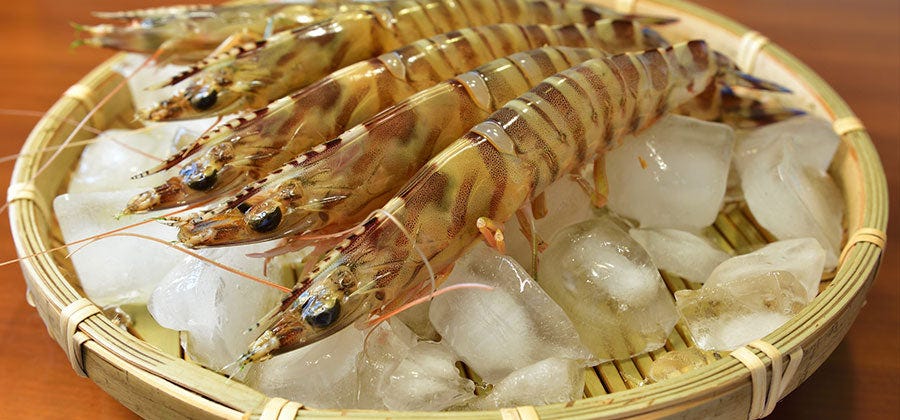Where did the word "kuruma" come from?
We all learned the word kuruma/車/car right at the beginning of our Japanese study. But hmm, where did that word come from?
HINT: think of kuru-kuru, describing something going round and round, rotating, revolving, turning, spinning, like a top. It’s another one of those onomatopoeic words we love about Japanese. A kuruma is something that goes round and round (or at least its wheels do).
The ma part of kuruma is said to be a variant of wa, meaning “wheel”.
And it’s not surprising that this word in Japanese is also used to mean “wheel” itself. In this usage the word is an example of what the linguists call synecdoche, where a part of something is used to refer to the whole thing. It's like using the word “wheels” to refer to your car in English.
The kanji
Although it’s not directly relevant to the Japanese word kuruma, it’s interesting to note that the Chinese character 車 is a picture of a car proceeding left to right, from above: the lines above and below represent the left and right wheels, and the 田 in the middle is the chassis, the carriage where people ride. In other words, it’s a pictogram (象形文字/shōkei-moji).
The oracle bone script version was oriented differently and actually had a sun roof on top😀:
It's really too bad that the Chinese simplified this to the lifeless 车. It's not like it was that complicated to start with. Perhaps it will be restored to its former glory in the great pan-Asian character reunification of the 2030s, which we shall take up in due course.
くるま
But back to Japanese. The word kuruma is so deeply entrenched in the Japanese mentality and linguistic DNA and worldview that it has endured for more than a thousand years, withstanding wave after wave of imported cultures and technologies and multiple onslaughts of loan words. It is still, in 2023, virtually the only way anyone would refer to a car.
By the way, wheels in Japan are said to date back to the Asuka Period (538-710), and were originally made of wood, of course. We can see in picture scrolls from the Heian period that wheels were used on the ox-drawn carriages in which the nobles rode. When the cart had to cross a river with no bridge, the noble in question would dismount and be carried across on the shoulders of his retainers—hence the word 肩車/kata-guruma—which everyone who has raised a kid in Japan knows as “riding piggyback”. The same surprisingly sophisticated ancient wheel-making techniques are still used today in the floats used in Japanese parades.
The meaning of kuruma as wheel can also be seen in the Japanese name for “tiger shrimp” called kurumu-ebi. It gets its name from the fact that its stripes resemble wheels.
Kuru and guru
Like so many other things, no one ever bothered to point out to us the connection between kuruma and kuru-kuru. It could have made learning so much easier. Just one more thing your Japanese teacher forgot to tell us, even if they knew it, which they probably didn’t.
We see this kuru in many places. There’s the word 繰る (kuru) which means to “spin”, as in thread—hence the thread radical 糸—but also “reel in”, like a fish, or “wind”. And it forms verb compounds like 繰り返す/kurikaesu, for repeating (circularly).
There are also onomatopoeic words like kururi(-to) or or kurut-to, meaning to turn around (once, often suddenly or quickly), or kurut-to, which is almost the same thing.
Then of course if someone sinks their elbow into your back and rotates it in grinding fashion to give you a massage, that would be guri-guri with a “g”. Guru-guru is spinning like kuru-kuru but in a slower and confusing or dizzy way. There's guru-tto and gururi which often have the nuance of someone rotating their body (once), in order to look around, for example. Compared to the words starting with ku, the words starting with gu are heavier, stronger, slower forms of turning. There’s something about that “g” sound which is just heavier and slower-sounding, isn’t there?
How can anyone ever keep track of all these variations? I’ve created a handy reference chart with the help of a native informant, categorizing these words along two dimensions: fast/quick/abrupt vs. slow/smooth, and repeated/continuous vs. one time.
Phonosemantics
But the mystery remains: why do the words starting with the ku and gu sounds relate to turning? What was the connection in the minds of our linguistic progenitors? Was this something intentional on the part of the inventors of the proto-Japonic language? And do the “k” and “g” have even broader, more general meanings of which this is just one example? I’ll take up this topic soon.







